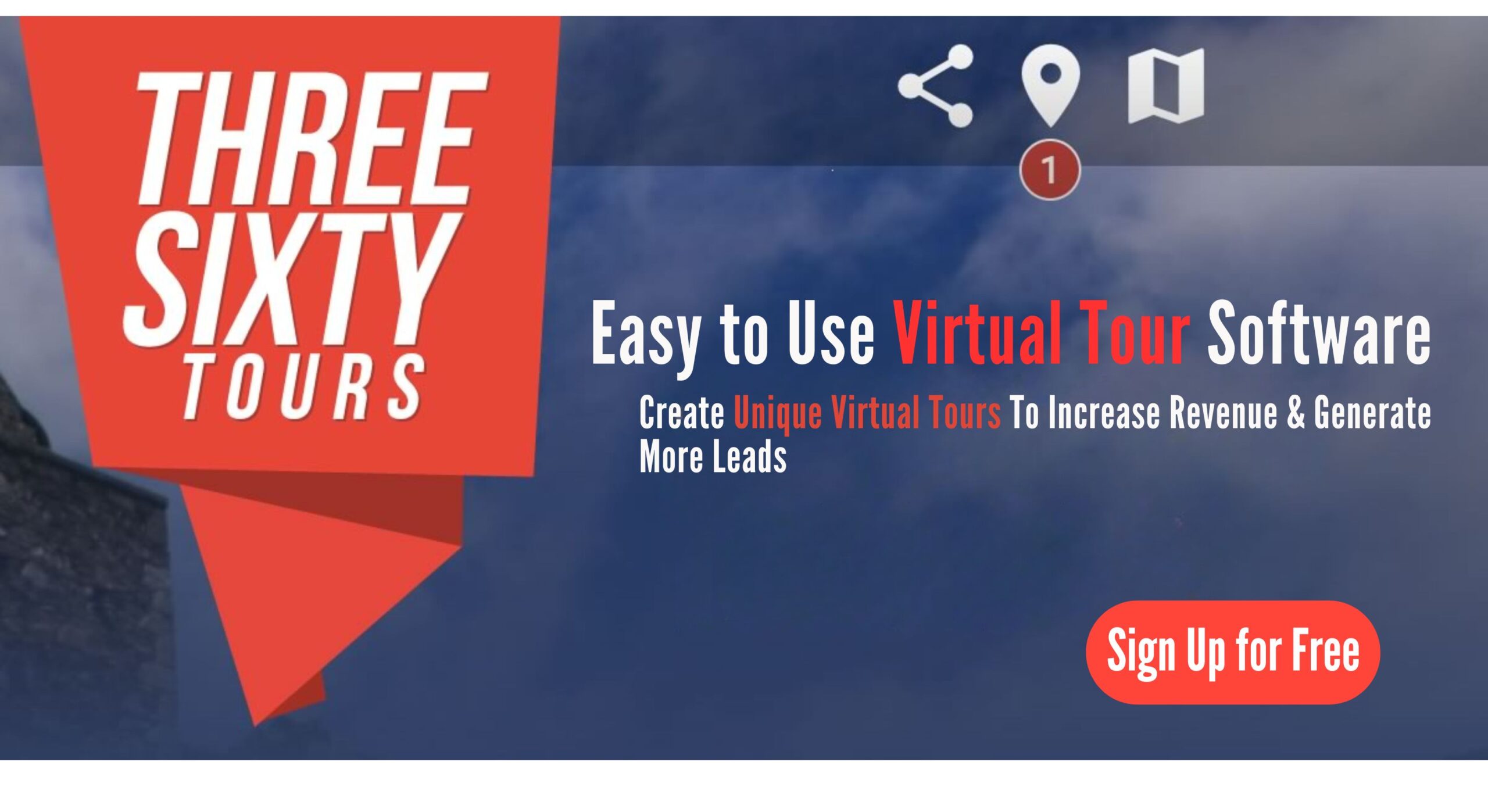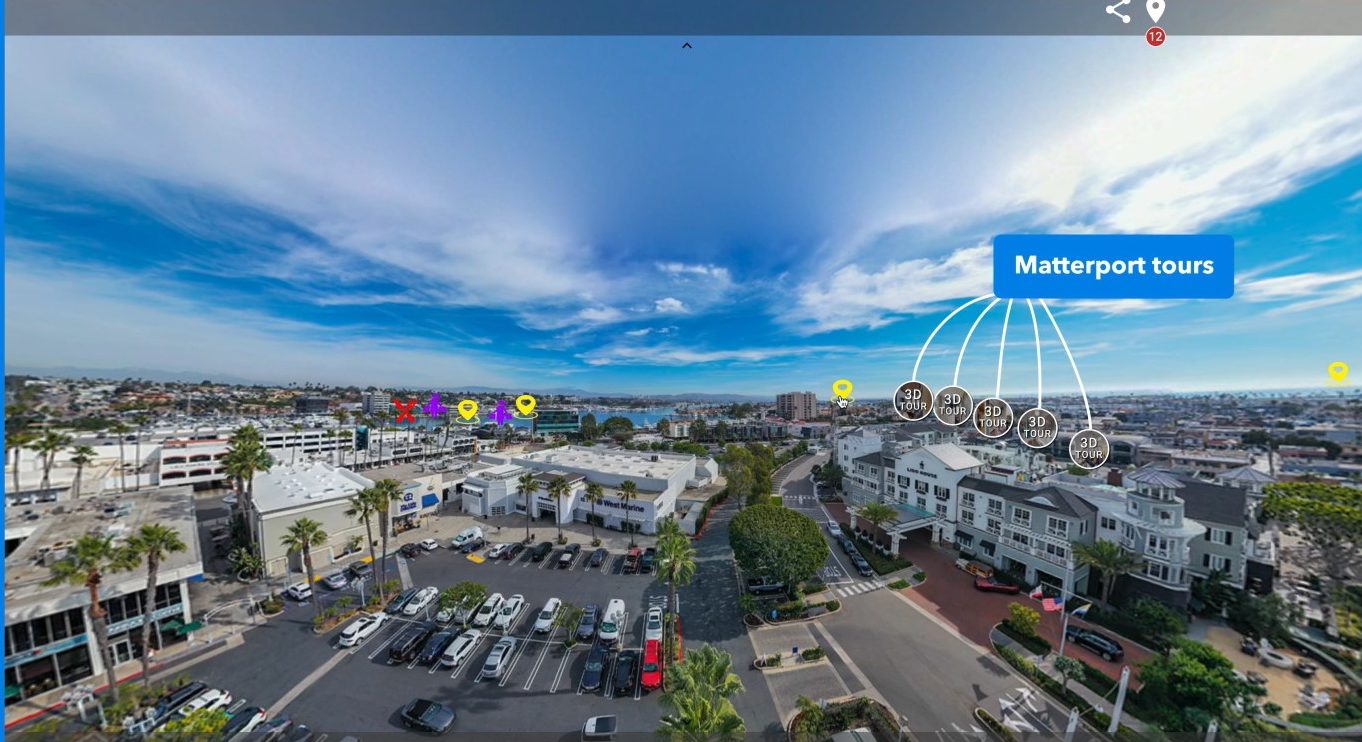best 360 camera for virtual tours
Best 360 Camera for Virtual Tours: A Complete Guide
360-degree virtual tours have transformed industries like real estate, tourism, and education by providing immersive experiences. Choosing the right 360 camera is essential for creating high-quality virtual tours that engage potential buyers, travelers, or students.
In this guide, we’ll explore the best 360 cameras, key features to consider, and practical setup tips. Whether you’re a photographer expanding your services or a real estate agent showcasing properties dynamically, this article will help you make an informed decision.
Start creating virtual tours today with ThreeSixty Tours!
—
I. Introduction
A. What Are 360 Cameras and Why Are They Important?
A 360-degree camera captures a full spherical image or video, allowing viewers to explore a scene from every angle. Unlike traditional cameras, which have a limited field of view, 360 cameras create immersive experiences perfect for virtual tours.
These cameras are widely used in real estate, tourism, and education to create interactive walkthroughs that engage audiences more effectively than static images or standard videos.
B. The Growing Popularity of Virtual Tours
Virtual tours are changing the way businesses connect with customers:
- Real Estate: Homebuyers can explore properties remotely, saving time for both buyers and agents.
- Tourism & Hospitality: Hotels, resorts, and travel destinations use virtual tours to attract visitors.
- Education: Schools and universities offer virtual campus tours to prospective students.
As more businesses seek innovative ways to engage audiences, the demand for high-quality 360 cameras continues to rise.
C. Purpose of This Guide
Choosing the best 360 camera for virtual tours can be overwhelming with so many options available. This guide will help photographers and real estate agents navigate the selection process by outlining key features, recommending top cameras, and providing setup tips.
Explore how virtual tours can boost your business with ThreeSixty Tours!
—
II. Key Features to Consider When Choosing a 360 Camera
A. Resolution and Image Quality
Resolution plays a huge role in the clarity of your virtual tours. Higher resolution means sharper images, which is essential for professional use.
- 4K Cameras: Budget-friendly but may lack the sharpness needed for detailed virtual tours.
- 6K Cameras: A great balance between affordability and quality, ideal for professionals.
- 8K Cameras: Ultra-high-definition images, best for luxury real estate and high-end photography.
For real estate and commercial use, a minimum of 5.7K resolution is recommended for crisp, detailed images.
B. Stitching Technology
360 cameras use stitching technology to merge images from multiple lenses into a seamless panoramic view.
- In-Camera Stitching: Fast and convenient but may have visible seams.
- Post-Processing Stitching: Higher quality but requires additional editing software.
For professional virtual tours, post-processing stitching usually delivers better results.
C. Ease of Use
A user-friendly camera makes the process smoother. Look for:
- Intuitive controls and interfaces for quick setup.
- Mobile app compatibility for remote shooting and easy file transfers.
D. Battery Life and Storage Options
Long battery life and ample storage are crucial for extended shooting sessions.
- Choose cameras with at least 60-90 minutes of battery life.
- Expandable storage (microSD cards) is preferable for handling large files.
By prioritizing these features, you can select a camera that meets your virtual tour needs efficiently.
Check out ThreeSixty Tours to see how these features impact real-world virtual tours!
—
III. Top Picks for 360 Cameras in 2024
A. Insta360 X3
- Resolution: 5.7K
- Key Features: FlowState stabilization, AI-powered editing, waterproof design
- Pros: Excellent image stabilization, user-friendly interface
- Cons: Limited battery life
- Best For: Real estate agents and photographers looking for an affordable, high-quality option.
B. Ricoh Theta Z1
- Resolution: 23MP still images, 4K video
- Key Features: Large 1-inch sensors for superior image quality
- Pros: Exceptional low-light performance, professional-grade image quality
- Cons: Expensive, limited video resolution
- Best For: High-end real estate photography and professional virtual tours.
C. GoPro MAX
- Resolution: 5.6K video
- Key Features: 360-degree video and traditional action camera mode
- Pros: Versatile, rugged, great stabilization
- Cons: Limited battery life, requires post-processing for best results
- Best For: Outdoor virtual tours and adventure tourism.
Each camera offers unique advantages depending on your needs and budget.
—
IV. How to Set Up Your 360 Camera for Virtual Tours
A. Best Practices for Shooting
- Positioning: Place the camera at eye level for a natural perspective.
- Stability: Use a tripod to prevent distortion.
- Lighting: Avoid harsh shadows by shooting during optimal daylight hours.
B. Editing and Post-Processing
- Recommended Software: Adobe Photoshop, PTGui, and Insta360 Studio.
- Enhancement Tips: Adjust brightness, contrast, and color balance for a professional finish.
Proper setup and editing ensure a seamless and engaging virtual tour experience.
Learn more about virtual tour editing with ThreeSixty Tours!
—
V. Use Cases of 360 Cameras in Virtual Tours
A. Real Estate Marketing
Virtual tours allow real estate agents to showcase properties remotely, attracting more buyers and reducing unnecessary showings.
B. Tourism and Hospitality
Hotels and travel destinations use 360 tours to offer immersive previews, increasing bookings and engagement.
C. Educational Institutions
Schools and universities provide virtual campus tours, helping prospective students explore facilities from anywhere.
Each industry benefits uniquely from 360 virtual tours, making them a valuable investment.
See real-world examples of virtual tours on ThreeSixty Tours!
—
VI. Additional Tips for Capturing Stunning Virtual Tours
A. Choosing the Right Environment
- Indoor Spaces: Ensure rooms are well-lit and clutter-free.
- Outdoor Spaces: Shoot during golden hours (early morning or late afternoon) for the best lighting.
B. Experiment with Angles and Heights
- Try different camera heights to find the most engaging perspective.
- Use a monopod for unique, elevated shots.
C. Invest in Accessories
- Tripods and monopods: Essential for stability.
- External microphones: Improve audio quality for narrated tours.
- Extra batteries and storage: Prevent interruptions during long shoots.
With the right tools and techniques, you can create professional-quality virtual tours that stand out.
—
VII. Conclusion
A. Recap of the Importance of Choosing the Right 360 Camera
Selecting the right 360 camera ensures high-quality virtual tours that engage audiences and enhance business opportunities.
B. Final Recommendations
- Best Budget Option: Insta360 X3
- Best for Professionals: Ricoh Theta Z1
- Best for Versatility: GoPro MAX
C. Encouragement to Explore Virtual Tours
With the right tools and techniques, photographers and real estate agents can create stunning virtual tours that captivate audiences.
Start creating immersive experiences today with ThreeSixty Tours!
—
By following this guide, you’ll be well-equipped to choose the best 360 camera for virtual tours, ensuring high-quality results that impress clients and customers alike. 🚀


